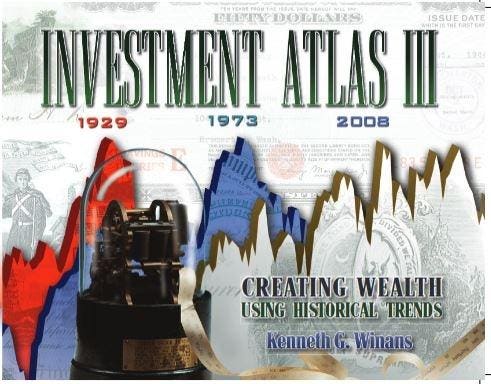As discussions about the stock market’s stability intensify, especially amidst the holiday season following recent elections, many investors find themselves grappling with the question: “Is this a stock market bubble?” Unfortunately, many turn to unreliable sources, like casual conversations at parties, seeking definitive answers or magic indicators for market timing. However, seasoned investors understand the importance of analyzing market conditions systematically. In “Investment Atlas III – Creating Wealth Using Historical Trends,” I outline various tools that can help stock investors evaluate the longevity of a bull market, drawing parallels between financial analysis and medical exams that assess overall well-being.
With over three decades of experience as a market strategist and portfolio manager, I utilize several indicators to gauge the market’s strength effectively. Important tools such as the 40-week moving average of key stock market indices and the New York Stock Exchange (NYSE) Advance/Decline Line (AD Line) serve as critical signals for market trends. Historically, these indicators have proven vital in identifying major market peaks, including the notable market tops in 1929, 1973, 2000, 2007, and 2021, allowing investors to make informed decisions rather than reactive ones based on market chatter or fears of missing out.
The NYSE AD Line, which measures the net movement of individual stocks trading on the exchange, presents a unique perspective on market conditions. Unlike indices such as the S&P 500, which are weighted by market capitalization, the AD Line treats all stocks equally, making it a more reliable measure of market breadth. As an indicator, it often foresees directional changes in the market, giving investors a potential early warning sign of impending market shifts. As a result, understanding the AD Line can empower investors to anticipate trends months in advance of conventional indices like the S&P 500 and the Dow Jones Industrial Average (DJIA).
Successful investing involves not only careful selection of individual stocks but also a keen awareness of broader market trends—knowing when to buy or sell is as crucial as deciding what to buy or sell. The indicators discussed, including moving averages and the AD Line, are technical tools that can signify market trends. When these indicators diverge from market prices, which is a classic sign of potential reversals, investors should consider adjusting their strategies accordingly. As of now, the current bull market shows strength, with indicators consistently trending upwards without any apparent signs of weakness. This evaluation suggests that investors can remain optimistic about their investments for the time being.
In light of the current market conditions, developing a balanced wealth-creating investment strategy is essential. An effective plan requires both offensive and defensive tactics. Successful investing is about more than just outpacing the market; it demands a well-defined strategy that includes clear performance goals, sensible asset allocation, rigorous monitoring, and a rebalancing policy. While some advisors might favor a perpetual investment stance, a more prudent approach acknowledges changing market climates. I advocate for taking proactive measures, ensuring that investment advisors remain dedicated to their clients’ long-term goals, a critical factor during both prosperous and challenging market periods.
It’s crucial to recognize that all bull markets eventually phase out, making preparation essential even when conditions seem favorable. Traditional wisdom from past market professionals would likely critique the modern strategy that insists on remaining fully invested regardless of fluctuating market conditions. Ultimately, investors should aim to be adept at utilizing lessons from financial history, promoting the idea that one can avert becoming a casualty of market volatility by preparing strategically when the market is strong. Embracing this disciplined approach allows investors to safeguard their portfolios while capitalizing on growth opportunities, ensuring both performance and protection throughout different economic climates.

